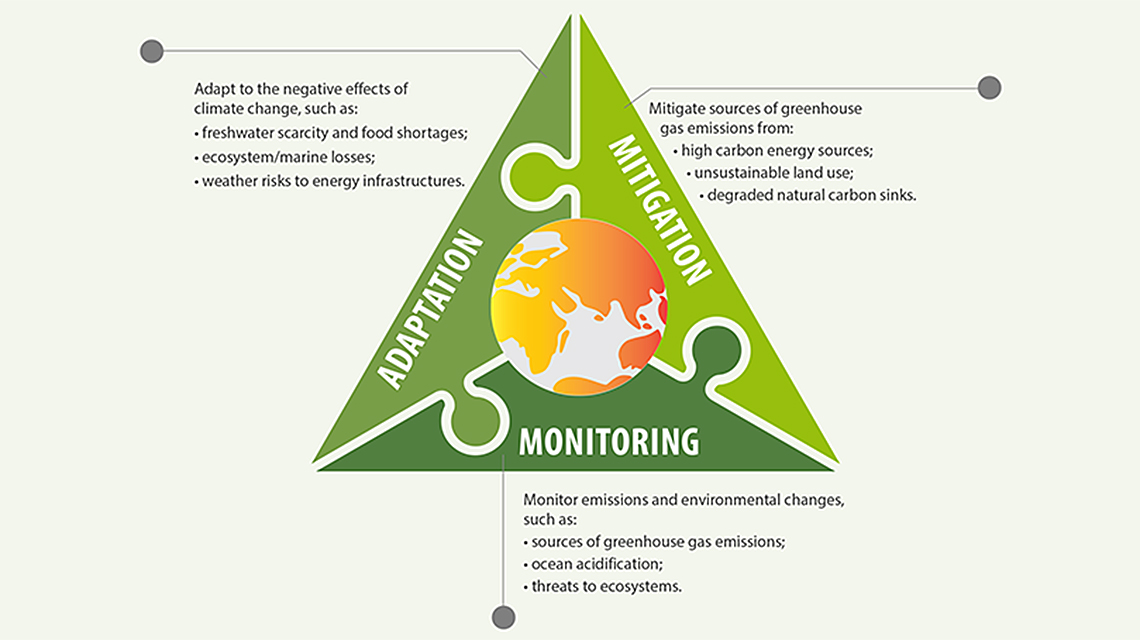Some of the most acute effects of climatic changes are global increases in water scarcity and food shortages, the loss of biodiversity and more frequent climate-induced natural disasters. Unseasonably high temperatures in winter and spring, unpredictable weather and very short rainy seasons contribute to water scarcity in many regions. This, in turn, greatly affects agricultural systems, global food chains and, in particular, small-scale farmers and herders.
To help communities and countries adapt, the IAEA supports activities in plant breeding, soil and crop management, livestock production and insect pest control. For example, Sudan is using nuclear science and IAEA assistance to help more than 35 million people cope with climate change. Activities include breeding new plant varieties that are drought and heat tolerant; setting up and optimizing irrigation systems that save water and fertilizer as well as improving crop yields; and combating disease-carrying insects with a nuclear-based insect pest control method called the sterile insect technique (SIT).


